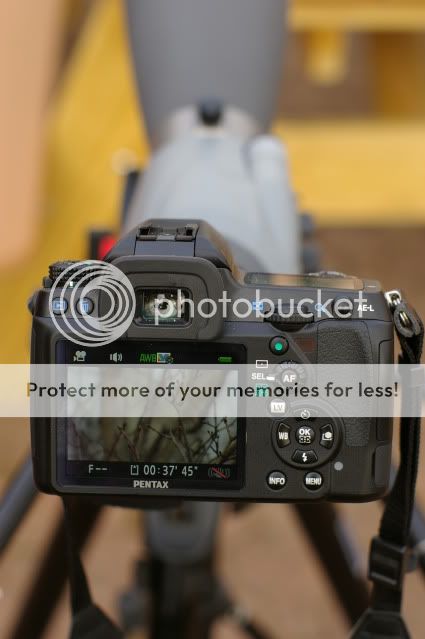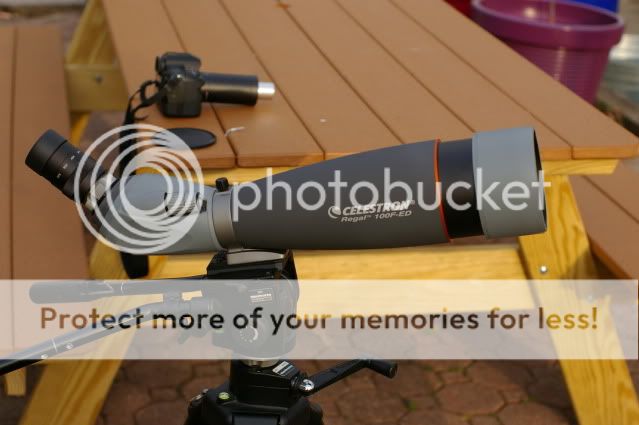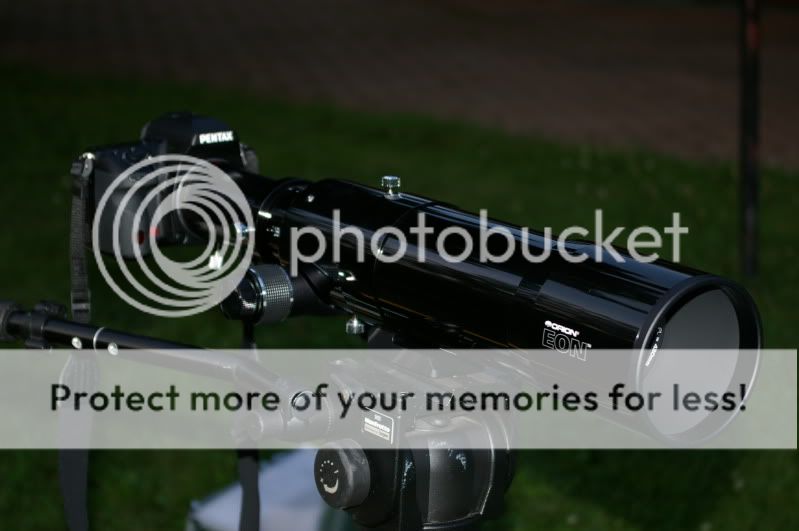 Originally posted by rparmar
Originally posted by rparmar 
You need to learn
how equivalence works because currently you are spewing nonsense. There is no free ride. The "crop factor" means that with the Q you are shooting with only a fraction of the potential of the lens as it would be on APS-C.
That fraction happens to be 0.275. So my K20D is about four times more effective at capturing light than this toy camera.
If I want to crop the centre quarter out of the image and pretend I am shooting with the Q I can! Please tell me how it is a good thing that I have this choice forced on me for each and every shot.
Hi Robin,
Linking to your own article to establish credibility is. . . pretty strange to be overly generous. "Equivalence" doesn't really work for me, at least the way you present it It seems like a perspective that could be used by some to understand some aspects of photography, but I'd hardly consider it the "rules of the road" for photography.
However scholarly the impression that you might want to give in your article, you make at least one glaringly incorrect assumption, that a smaller sensor has to be magnified more than a larger one for a given output medium. While this might be the case with film, it is not the case with digital. On a given monitor, one pixel is the same size regardless of the size of the group of individual light sensors it comes out of. A 12 MP image will display at the same size on a given computer monitor whether it comes from a MFD sensor or a 1/2.3". Now there might be a difference in IQ as the standard deviation between the input and output of individual light cells will be smaller with larger sensors with larger individual light sensors especially at low light levels, but it's not from "smaller pixels" and upsizing "distortion" as you seem to be under the impression that smaller sensors have and require respectively.
You use f-stop as a relative measure of DOF equivalence, but it is, as you also state in your article, only a measure of how much light makes it through the lens to the sensor. F-stop is a photographic convention used to make exposure easier and standard across cameras, lenses, and capture media. The use of f-stop "equivalence" to indicate relative DOF is misleading as it gives the impression that, given a specific Ev, one would need to use a slower shutter speed to achieve an equivalent exposure with a smaller sensor, and that's just not true. An f2.8 lens is an f2.8 lens regardless of format, and exposes as such. A smaller sensor only displays greater DOF at a given FOV and distance because a shorter FL is required to gain that FOV.. It may be more convenient to use f-stop "equivalents" to guage DOF, but it's misleading.
Another incorrect assumption that you make with your equivalence argument is that everyone is as concerned with DOF in the same way that you seem to be. My goals are to get as narrow a FOV as I need to fill the frame with a small subject at a distance, to get the whole bird in focus if possible, as quickly as possible (deeper DOF can mask slight focus errors), and to use a high enough shutter speed to counter camera shake and freeze subject motion. Your priorities seem to be more to shoot wide and gain subject isolation with narrow DOF and you seem to shoot static subjects for the most part. We're coming from two opposite directions in our shooting. The difference is that I can understand your priorities but you can't seem to understand mine.
The thing about using the root of the sensor area instead of long side dimension of a sensor to determine "crop factor" just takes an industry convention that has questionable utility and has caused much unnecessary confusion and raises it to a level of absurdity. It's only meant to be a convenience, so to question its accuracy, and then make it more complicated to calculate is rather bizarre IMO.
You also state essentially that ISO sensitivity is proportional to sensor area, and that is just ridiculous. ISO is an industry standard, and has nothing to do with sensor size, noise characteristics, or anything but light sensitivity for exposure. You state that ISO 200 on µ4/3 is "equivalent" to shooting FF at ISO 768, because of the sensor size ratio? If that's true, then if I placed a mask over my sensor to only expose the central 1/4 of the total sensor area, then according to your "equivalence" claims I'd have to increase exposure by 2 stops to get an equivalent exposure. You state that it's only an approximation, but in actuality, there just isn't any such relationship, especially considering differences in sensor technology and resolution within any format. You seem to imply that light gathered by the lens that falls outside the image circle is somehow "wasted", and that's just silly.
Here you similarly state that your K20 gathers 4 times more light than a Q. So what? Total light gathered by the lens at a given Av is meaningless in this sense.
Take a Q and an APS-C DSLR and place them side by side on tripods. Use the same ISO, Av and Tv settings and lenses with the same FOV for each camera.They will each expose the scene similarly, if not the same, given equally accurate calibration of each of the exposure parameters. In this case, the much smaller Q lens with the much smaller sensor and image circle will gather much less total light, so it stands to reason that the Q needs 1/4 of the total light gathered to give an equivalent exposure. The conclusion could be drawn that the Q is 4 times more sensitive to light since it needs only a quarter of the total light gathered to give the same exposure. . .but this obviously is not the case because the only relevant factor to the exposure is the intensity of the light hitting the sensor.
The difference between cropping your K20 sensor and using the Q is that your crop will have @ 3.9 MP of resolution and the Q will have 12MP.
Last I heard, there are no restrictions to the number of cameras that one can have of use, so getting a Q doesn't mean you have to get rid of the rest of your gear. I plan on keeping my DSLRs and using the Q for what it might do more conveniently or better for the way I use cameras. I'll only be" forced" to use it when it's the only camera that I happen to have with me, and then I'm feeling that any camera is better than none.
I'm certainly not advocating that everyone buy a Q, just stating what I;m projecting it can do for me. If someone can get some ideas from my perspective. . . great. If you think that the Q is not for you, I'll have to agree and suggest you just move on and spend your time dealing with things that actually interest you.
Scott
Last edited by snostorm; 09-05-2011 at 02:44 AM.


 Similar Threads
Similar Threads 


















 Post #17 by snostorm
Post #17 by snostorm








